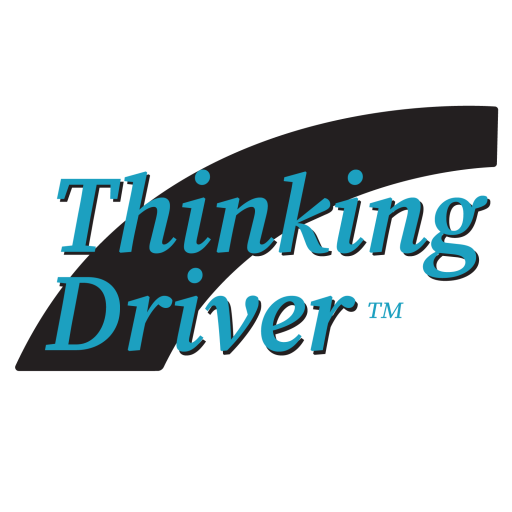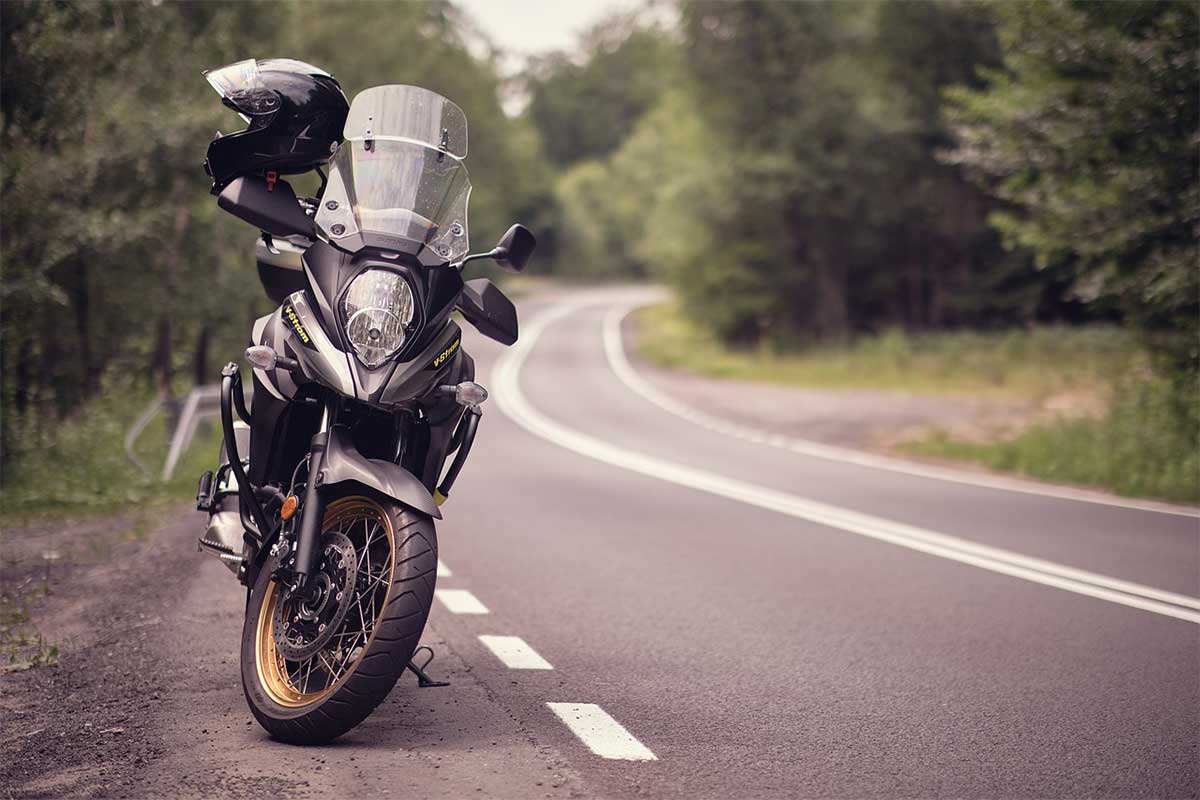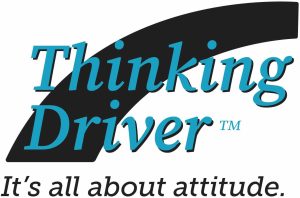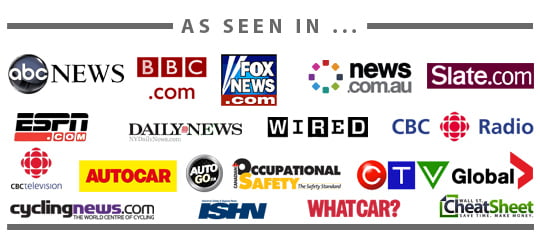Safety Meeting Planner & Agenda
Watch Out For Motorcycles!
Meeting Leader:
- Prepare in advance to make this meeting effective.
- Print and read over this entire agenda.
- Think about how you want to lead the meeting.
- Is there anything that is specific to your company or operation that you can include to personalize the information?
Start Your Meeting!
Opening Statement:
As we move into summer, it’s worth talking about some of the other road users that begin to appear when the weather improves. Motorcyclists are one of the most vulnerable groups to injury or fatality when involved in collisions. By nature, motorcycles attract a contingent that are risk takers and may be much more aggressive in their driving/riding habits. These riders often find themselves the makers of their own misery as single vehicle accidents resulting from excessive speed or poor riding skills paired with high risk behaviour.
But what about the majority of riders? Most are more careful and take much less risk than these other aggressive riders.
The Questions for this Meeting:
Q: When a crash happens involving a motorcycle and other vehicle, who is typically found at fault?
Answer:
It’s most often the fault of the OTHER DRIVER… SURPRISED?
In fact, when it’s not a single vehicle incident involving the motorcycle, it’s usually the other driver who has made a mistake that resulted in the accident.
Q: What is the most common place and type of collision involving a motorcycle and other vehicle?
Answer: (solicit as many as the group can suggest)
There are certainly many places where vehicles can collide; but the most common place for another vehicle and a motorcycle to collide is at an intersection when the other driver is turning left and turns in front of the motorcyclist.
Q: Why does this happen? (a driver turning in front of an oncoming motorcycle)
Answers:
There are 2 primary reasons that this can happen:
1. The driver of the other vehicle simply did not see the motorcycle. Motorcycles are smaller and more difficult to see and many drivers don’t think to actually watch for them.
2. The driver of the other vehicle DOES see the motorcycle but thinks he has time to turn because he misjudges the approach speed.
Tailgate Tips:
Motorcycles are vulnerable road users; they do not have the protection of a car or truck bodywork and collisions almost always result in injury.
If you expect to see motorcycles, you are more likely to detect them. Often we can filter out the things that we don’t expect and just not see them. Look for motorcycles especially at intersections.
Motorcycles are much lighter than other vehicles and can stop in much shorter distances. This means that when you are following a motorcycle, you should leave more distance. If the rider has to make an emergency stop, the bike will stop in much shorter distance than your vehicle.
When you see a motorcycle approaching realize that it’s easy to misjudge the speed because the size of the cycle and the fact that it’s coming towards you makes it difficult to estimate speed.
Use the vision tips from the first of Thinking Driver’s 5 Fundamentals, ‘Think and Look Ahead’ to develop your vision skills:
- Keep Your Eyes Up – It’s tempting to look down and over the hood of the car at the centre line or the tail lights in front of you, but this can cause several problems. When your eyes are looking downward over the hood, steering can become choppy and require many more adjustments and frequently you will either cut corners or run wide. It’s much more effective to keep your eyes up and this practise prepares your for the next technique.
- Eye Lead Time – Look 12 to 15 seconds ahead of where your vehicle is at any given time. As your speed increases, so will the distance you look ahead if you always look for this time interval.
- Move Your Eyes – This takes practise and intent. Look left, right, ahead and into the mirrors and as you look, identify potential problems so that you can decide what you will do about them. Moving your eyes is particularly important to see things to the side because your peripheral vision becomes increasingly ineffective as your speed increases.
- See the Big Picture – By moving your eyes, you get a ‘big picture’ perspective of the traffic environment and your place in it. Pilots all this ‘situational awareness’ and it helps you to make good decisions about speed and movements such as lane changes, well in advance.
- Eye Contact – The only way to know if another driver sees you is to make eye contact with them. If they are looking at you and you see them making eye contact with you, you can be fairly sure (but not guaranteed) that they see you. If another driver is moving into your space and you want to establish eye contact, a light tap on the horn will attract their attention.
Practical Challenge:
For the next week, make a point of watching for motorcycles and develop a habit of identifying them as soon as you can.
Be especially careful at intersections when you are turning left.









